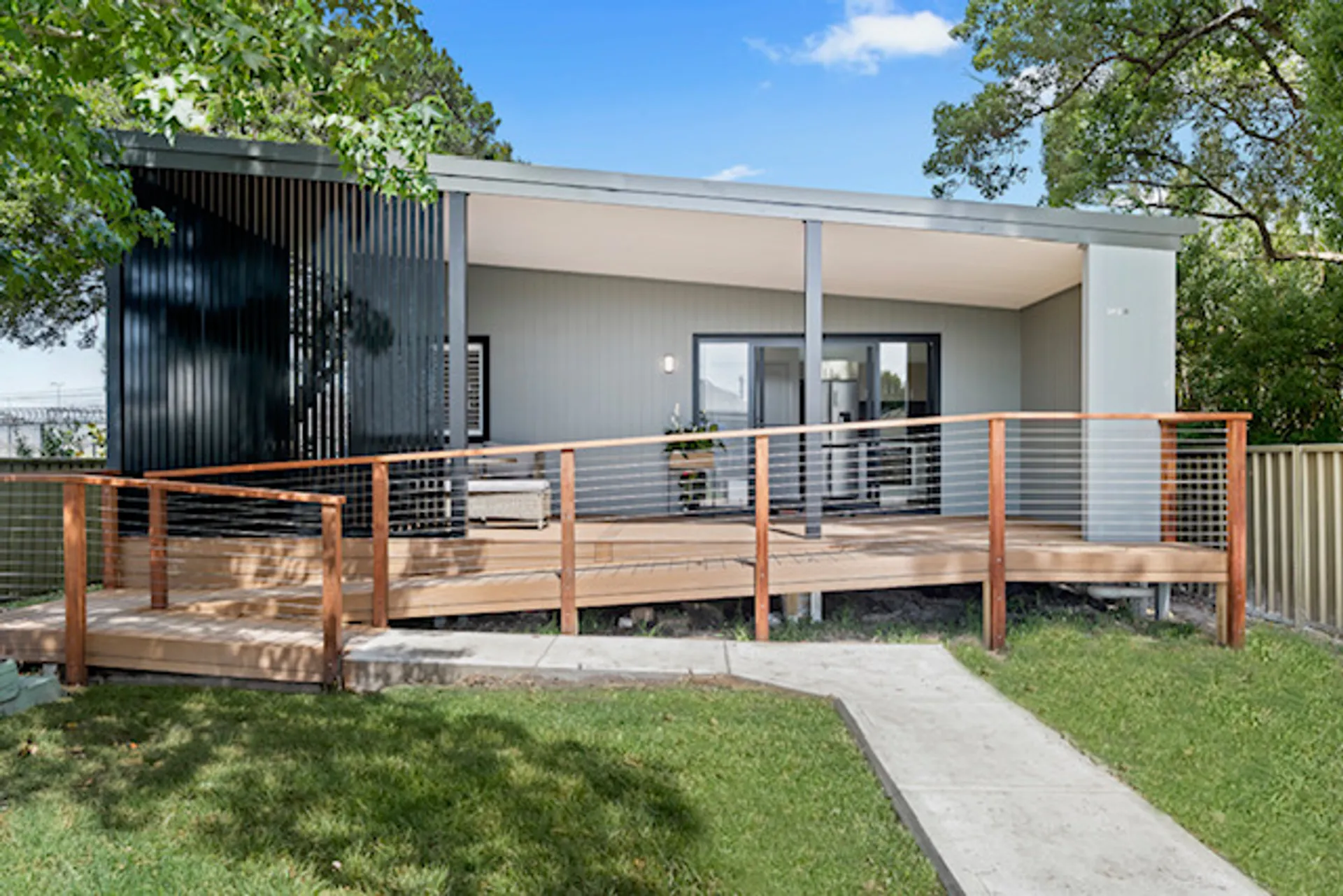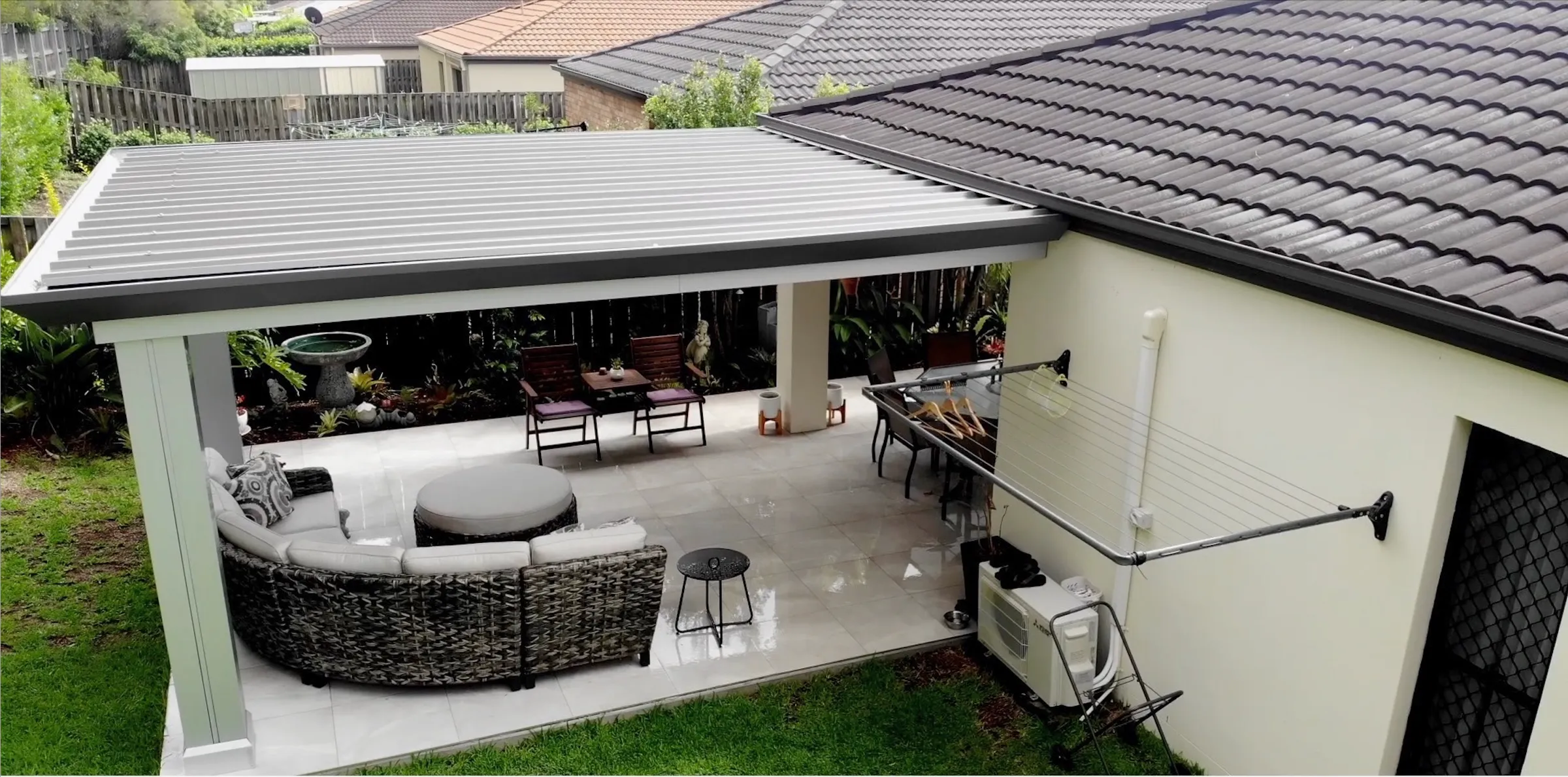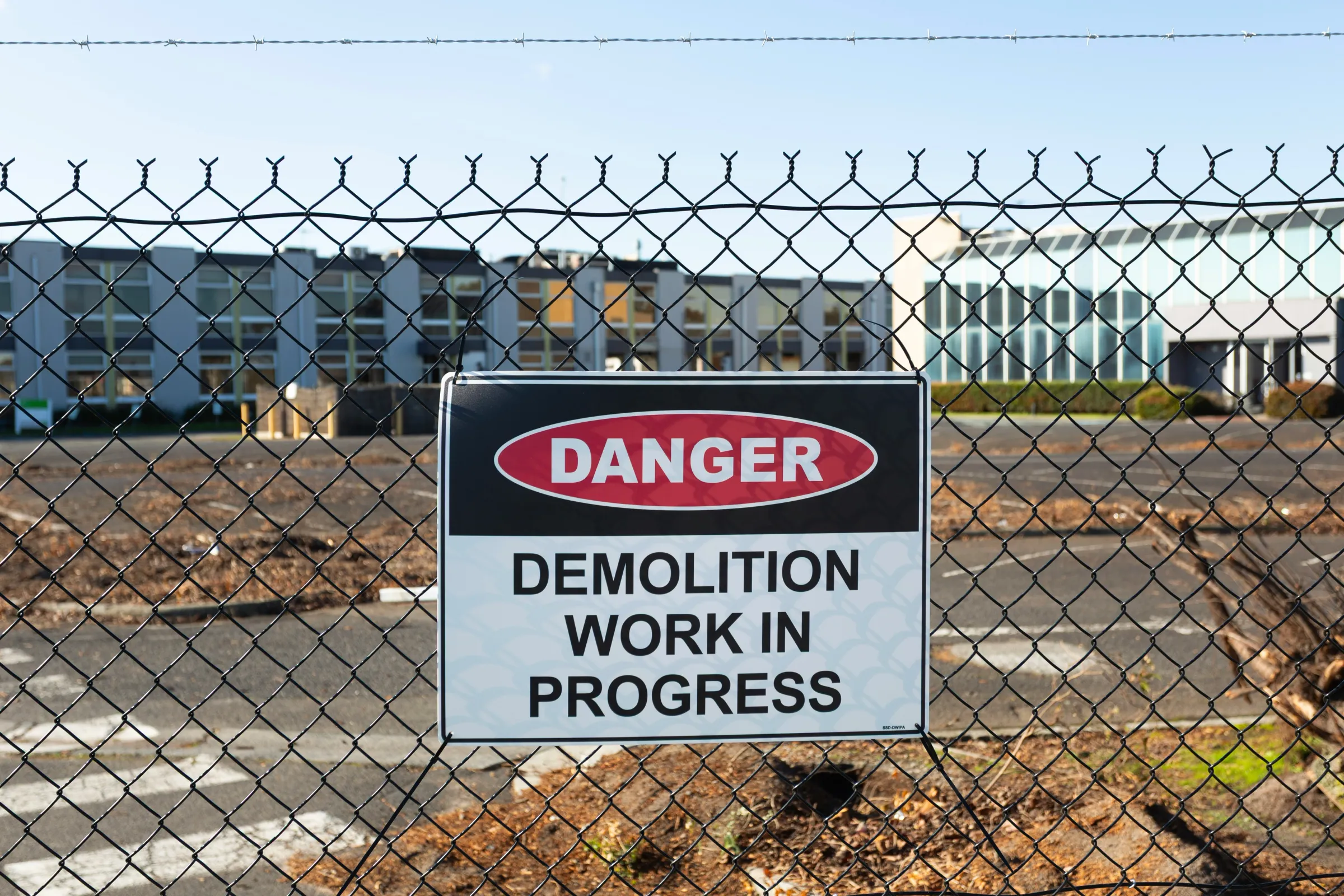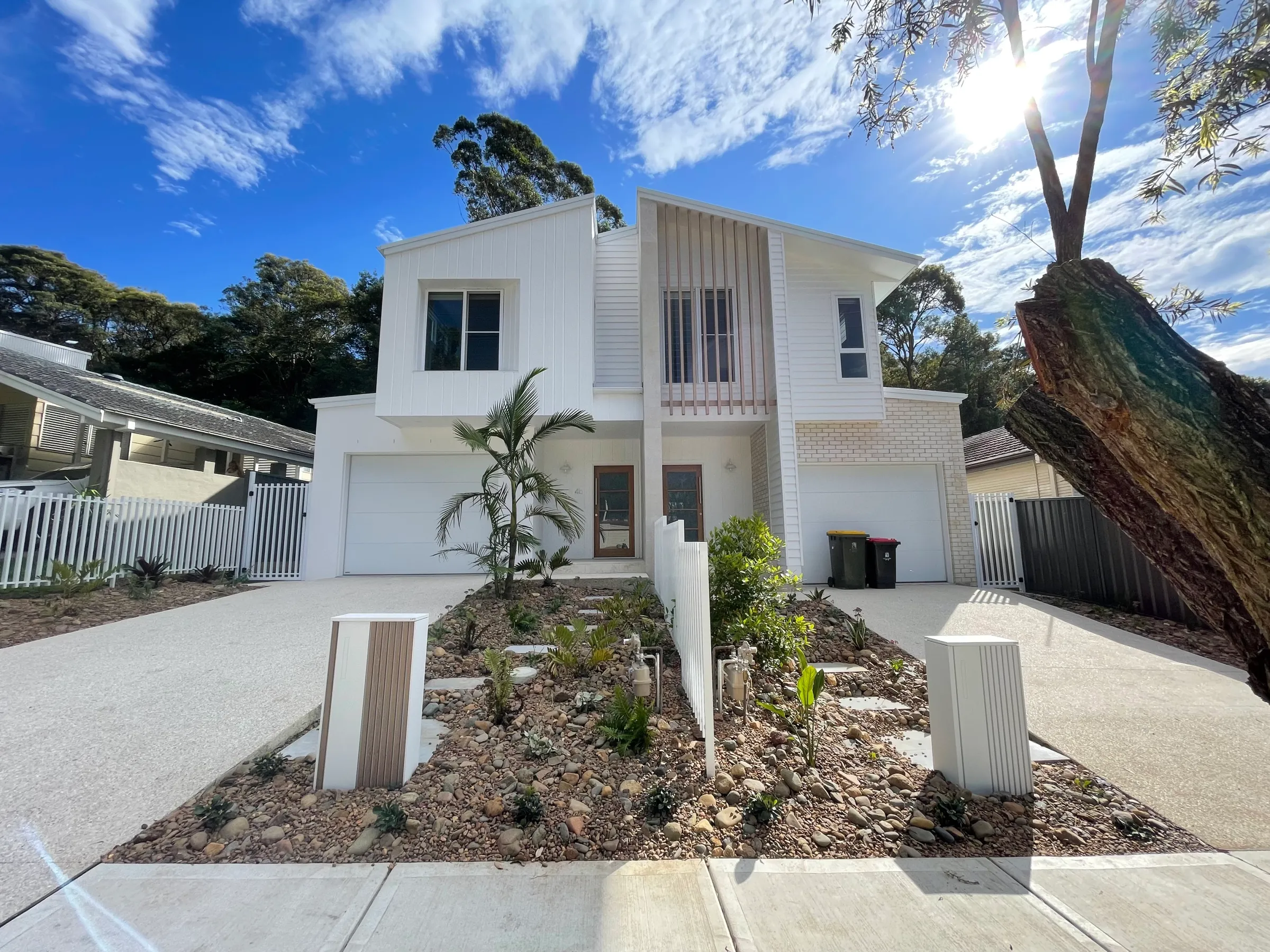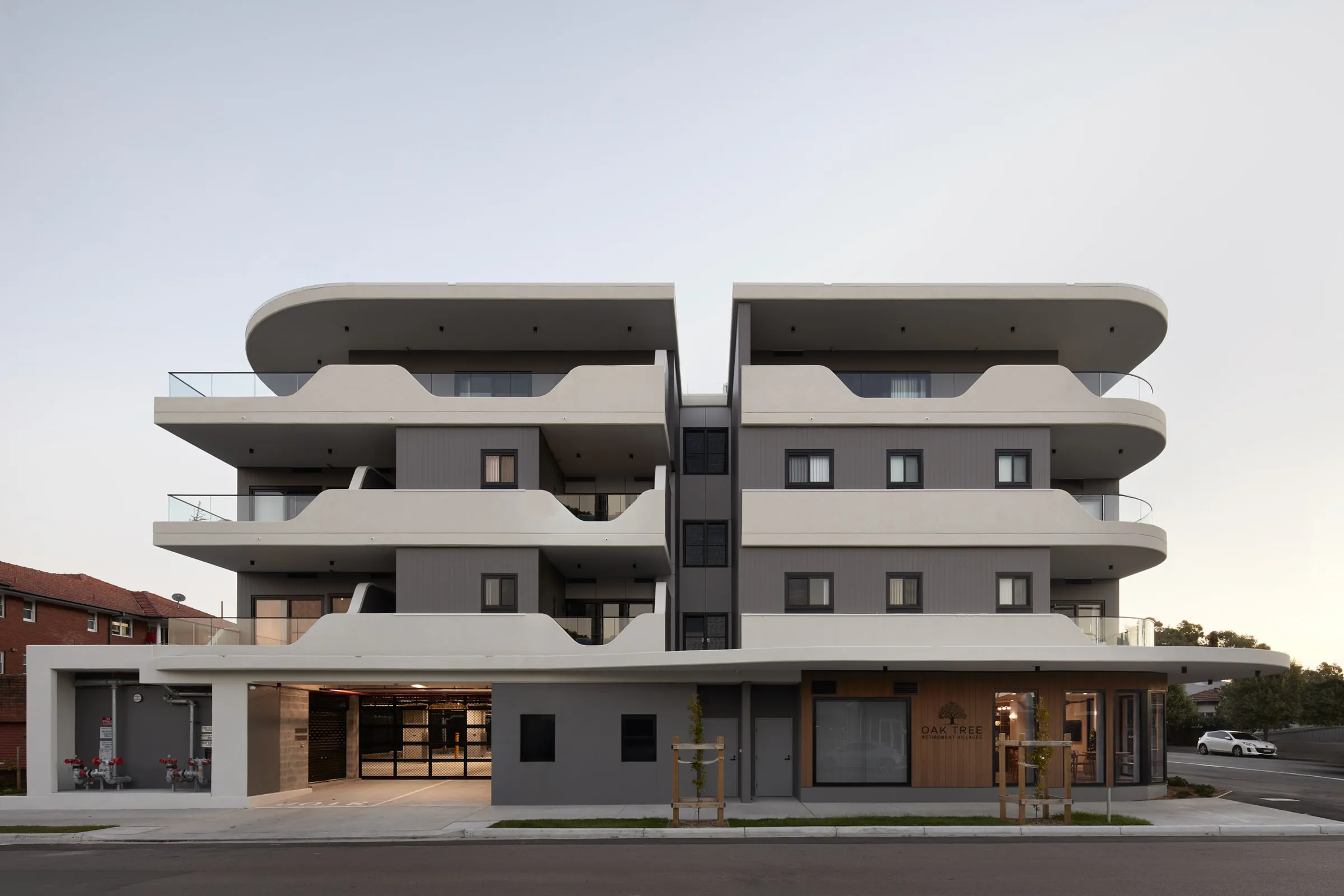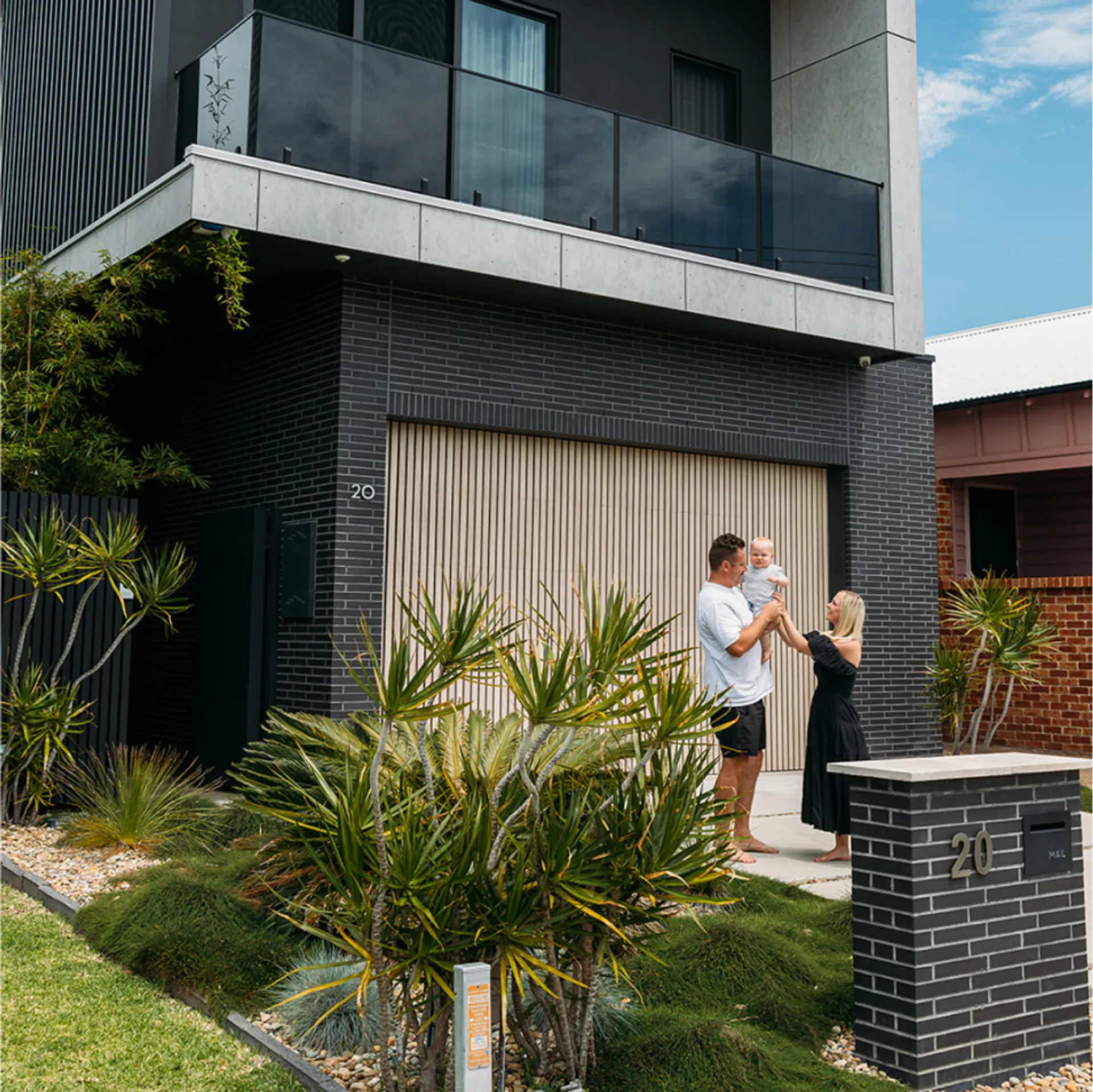


Building Approvals QLD

We’ve got your building approval sorted, with expert guidance every step of the way.
In Queensland, most residential building work needs formal approval to meet state laws and safety standards. Skip this step, and you could face big delays, fines, or rebuild costs down the track.
Enter Buildcert. We handle residential building approvals, helping residential builders, home-owners, building designers, and developers lock in compliance with less fuss.
We know the local rules, we know the process, and we’re here to make sure you’re sorted, start to finish.
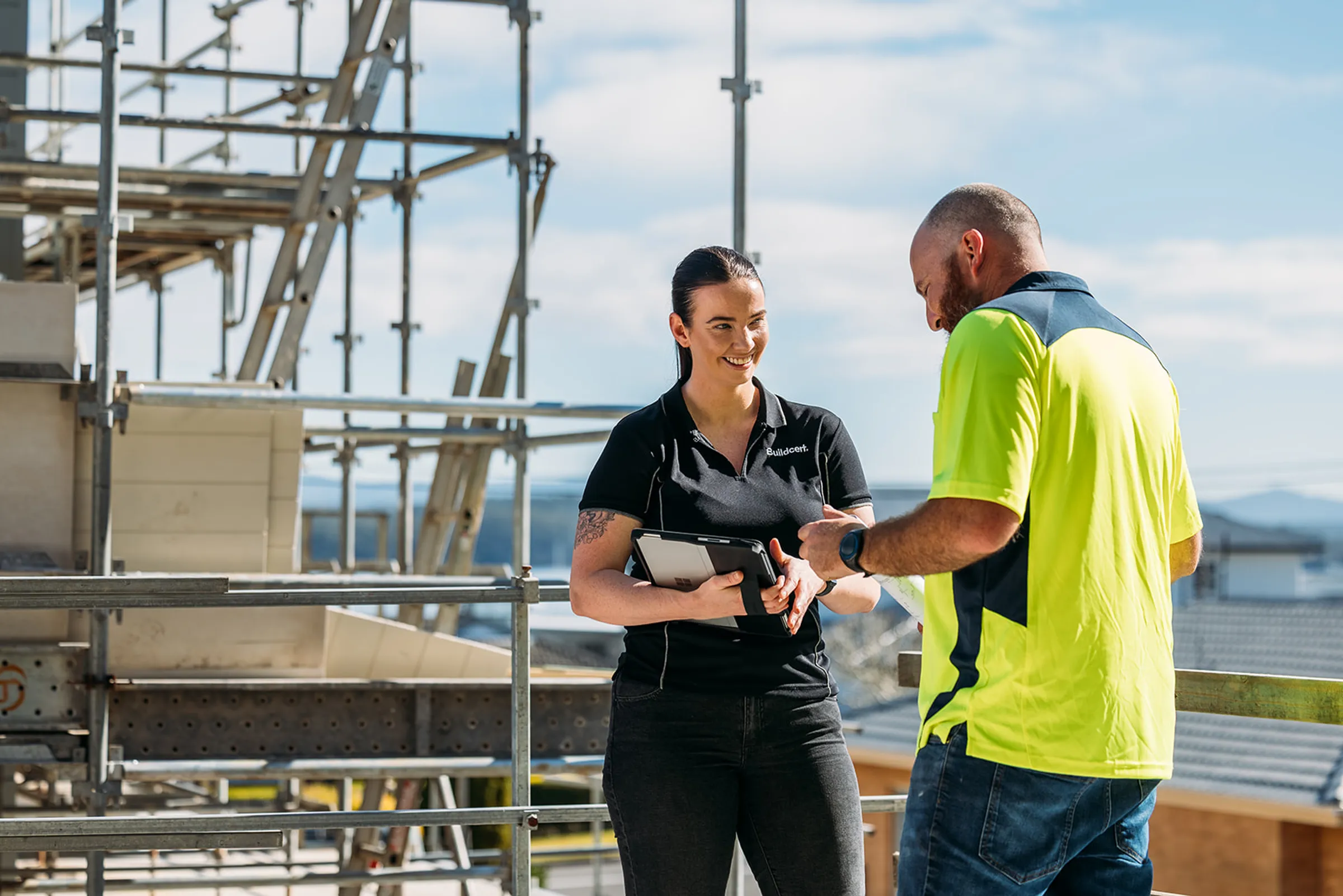
How we get your Building Approval sorted.
01
Quote and Initial ReviewSend us your project plans and details (e.g. site drawings and property info). Our team will do an initial review, confirm if any additional council approvals are required, and flag anything that could cause delays. If something’s a bit trickier, we’ll be the experts beside you — providing insight and tailored solutions so it doesn’t become a roadblock.
Catching complexities early saves time and stress later. This step gives you upfront clarity on potential hold-ups, whether it's zoning quirks, site constraints, or specific council conditions.
Confidence that you're on the right approval path from the beginning. No wasted time, no second guessing.
02
Approval ProcessOur team takes charge of the lot; reviewing, lodging, liaising, and keeping things on track from go to whoa. We know QLD’s rules inside out and use that know-how to keep your project humming. We’ll keep you in the loop and make sure approvals aren’t holding you up.
We’ll review your project plans to make sure everything stacks up. That includes identifying any missing documents, issuing an Information Request (IR) if needed, and prepping and lodging any extra council applications for you. We’ll also flag anything unusual that could throw off your timeline (like flood overlays, easements, or tricky setbacks) so there are no curveballs later.
Once everything’s been given the tick of approval, we’ll issue your official Decision Notice (Building Approval). This gives you formal sign off that your plans are compliant and good to go. You can now commence construction.
03
Construction & InspectionsDuring construction, several mandatory inspections are required to be completed. You can find these listed on your Decision Notice.
Once works are complete, we’ll conduct a final inspection and review supporting documentation, including Aspect Certificates (e.g., for energy compliance, structural sign-offs, waterproofing, drainage, etc.) before issuing your Final Certificate.
Your project is now fully approved!
Knowing exactly what inspections are needed (and when) means fewer delays, smoother progress on site, and no last minute scrambles. It also ensures nothing gets missed along the way, so you avoid costly rework, failed inspections, or hold ups when you're nearly over the line.
The right solution, every time.
Certification sorted.
For projects big or small, Buildcert gets your certification sorted. Trusted experience, clear communication and fast turnarounds mean you get less stress, more certainty, and support to keep your project moving.

- +47000Approvals issued.That's over 47,000 approvals, sorted.
- 15.6B$Total value of construction approved.$15.6B of construction approved and counting.
- +275000Inspections completed.Clients trust Buildcert because we’ve got the experience and know-how to get your certification sorted.
"The Buildcert team are approachable, knowledgeable and always willing to tailor their advice to suit each project. Their friendly, practical approach makes the certification process straightforward for our customers and team."
"Buildcert’s building compliance expertise was invaluable during our recent upgrades. Their team brought confidence, clarity and professionalism to a complex project, ensuring everything stayed compliant and on track from start to finish."
"Buildcert has been a reliable partner for years. Their proactive approach, local knowledge, and responsiveness take the stress out of certification for our team."
"Buildcert are a valuable partner for our team. Their practical guidance, collaborative approach and clear advice help us deliver bespoke designs that meet compliance without compromising creativity."
Ready to get your certification sorted?
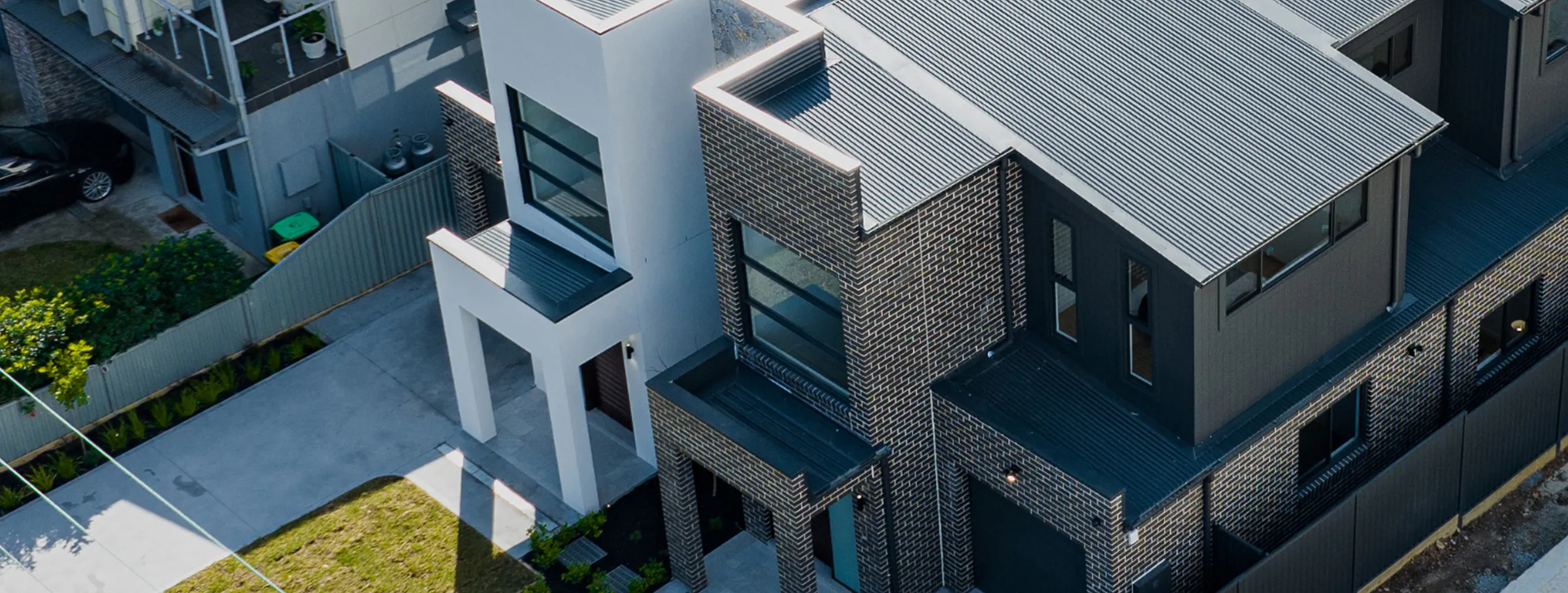
Toolbox
Frequently asked questions.
We know building approvals can get a bit confusing. Here are some of the most frequently asked questions we get. For more, visit our FAQ page or give us a call.
Do I need building approval for my project?
In QLD, most residential structural work requires building approval, like new homes, extensions, carports, garages, pools, retaining walls, patios, and decks. Some minor work may be exempt or accepted development if they meet certain size and height limits and are outside of setback areas. If you’re unsure, it’s best to check with us before starting, we’ll confirm what applies to your project.
What’s the difference between planning approval and building approval? Do all projects need approval from Council?
Planning approval (sometimes called a Development Approval - DA) is issued by the local Council. It deals with land use and relaxation matters such as setbacks, zoning, flood or heritage overlays. Building approval is issued by a certifier and relates to how the structure is designed and built to meet the Building Code and legislation.
Some projects need both planning and building approvals and others can go straight through private certification. If council approval is required, we’ll guide you on that process and coordinate referrals as part of our role.
What does a private building certifier do?
A private certifier checks your plans and on-site work against Queensland’s building laws (NCC/BCA + QDC). They issue your building approval, carries out or stipulates the required inspections, and make sure all documents get lodged with Council once the job’s done.
A Private Certifier acts independently of Council.
What can I build without approval?
In Queensland, some small projects are classed as ‘accepted development', meaning they don’t need formal building approval. Things like small sheds, low decks, short fences or minor pergolas may be exempt if they meet specific size and height limits and are outside setback areas.
Just keep in mind that local Council planning rules can override these exemptions, so it’s always best to double-check before you start. Even if approval isn’t required, the work still needs to meet the building standards.
What documents are needed to start an approval?
A typical submission includes:
- Site plan, floor plans, elevations
- Engineering details if required
- Design compliance (Form 15) if required
- Energy efficiency report
- Soil/site data
- Title Search
- The correct Development Application (DA) form (usually DA Form 2 for building work)
This can change depending on the project, but don’t worry, we will guide you through what's needed.
How long does an approval last? Can it lapse?
Your building approval is valid for 18 months. If work hasn’t substantially started or finished within that timeframe, the approval will lapse.
A Form 57 reminder will be issued 3-6 months before the deadline. And if you need more time, there may be options to extend upon application.
What forms will I see during the building approval process?
There are a few standard forms used throughout the process, depending on your project. Here’s a quick guide:
- Form 15 (Compliance Certificate) – Confirms your plans or specs meet code (design compliance).
- Form 16 (Inspection Certificate)– Certifies each stage has passed inspection.
- Form 21 (Final Inspection Certificate) – Final inspection certificate for Class 1a/10 builds (e.g. houses, sheds).
- Form 11 (Certificate of Occupancy)– Occupancy certificate or interim occupancy certificate for Class 2–9 buildings (e.g. units, commercial).
- Form 18/56 (Notices of engagement)– Confirms we've been appointed as your certifier.
- Form 58 (Notice to inspect a stage) – Used to notify us when an inspection stage is ready.
We’ll manage all the forms that apply to your project and let you know what’s needed at each stage.
What happens if work's already done without approval?
If the work’s already done and wasn’t approved, Councils can take compliance action, so it’s important to get approval sorted. This is commonly referred to as retrospective approval (or as-built).
We can help you with retrospective approvals. Just send us the details and any plans or photos you have, and our team will guide you through what needs to happen next.
Can Council make you remove a structure?
Yes. If a building or structure has been built without approval then Council can issue a notice requiring you to either obtain retrospective approval or remove it. If approval cannot be achieved, the building or structure will need to be removed.
How long does approval take?
This depends on the completeness of documents, whether planning referrals (e.g., relaxation variations, overlays) are needed, and how quickly RFI items are returned. We aim to have your project reviewed within 3-5 business days of engagement.
What is QBCC insurance and do I need it?
For most residential building work over $3,300, the builder must take out QBCC Home Warranty Insurance. This protects homeowners if work is defective or incomplete. A copy of the insurance cover must be provided to us before we can release your building approval.
I'm an owner-builder. Do I need a permit?
Yes — if your project’s value is over $11,000 (incl. GST), you’ll need a QBCC Owner‑Builder Permit before starting. Certain trades (like plumbing or electrical) still need licensed professionals.
Does a “like-for-like” replacement need approval?
Yes. Even if you’re replacing something with the same size, design or materials, it’s still considered new building work and requires approval. The only exception is for minor repairs or maintenance, but if you’re unsure, check with us first and we’ll confirm what applies to your project.
